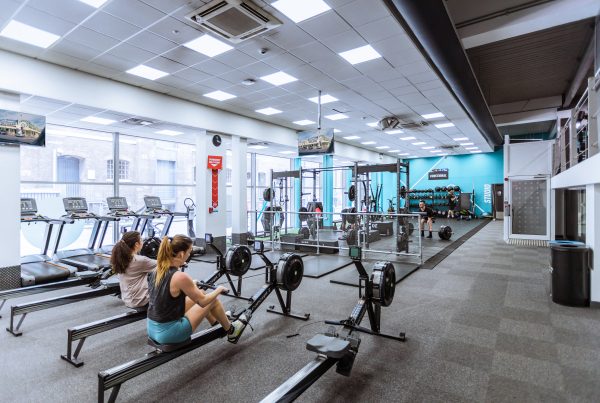Virgin Group Founder Richard Branson wrote in his 2013 book that “publicity is absolutely critical. A good PR story is infinitely more effective than a front page ad.” Despite Mr Branson’s perhaps odd choice in facial hair, in this instance he is right on the money when he notes the significance of good PR and communications.
The importance of communications is huge, but often underestimated. In the midst of sales meetings and growth targets this is understandable, but well planned communications can often be the difference between success and failure. Indeed, it will enhance your reputation, influence perception of your brand, and ultimately increase sales.
Particularly in a sector like ours, where physical activity can have such tremendous benefits for customers, a dynamic communications strategy can provide that all-important edge over rivals – shining a bright light on your organisation while leaving others in the dark.
Communications is becoming an ever-increasing priority for the physical activity sector, and the biggest players in the UK physical activity sector are all highly pro-active in their communications strategies. Just look at the last month, where Nuffield Health, The Gym Group and Virgin Active among others have secured positive coverage in the national media – all through creative means.
And it doesn’t necessarily take a great deal of resources. Indeed, SMEs can be just as successful as sector giants with a little thought and planning. Designing a communications strategy can often seem daunting, but it doesn’t have to be. A few simple things can help you drastically improve the way you approach sharing stories.
Here are my top tips:
1) Know your mission
Work out what your organisation wants to achieve. What is your mission, your driving force, your raison d’etre? Set yourself clear goals for what you’re looking to achieve through communications – whether it’s revitalising your brand, changing outdated perceptions, or quite simply attracting new customers.
2) Reach your audience
Coverage is useless if it’s not reaching the people who will act upon a story. That’s why it’s so important to know your target audience, and what media they consume. Research and build a journalist contact list of publications that your target audience reads. This doesn’t have to be a big list – it is much more important that your stories are relevant to those you contact.
3) Be agile, even opportunistic
Be ready to offer a story, comment, or response at the shortest notice. Wider news cycles, reports, or journalist requests will occasionally offer a prime opportunity to garner coverage – be ready. That means having a pipeline of good stories ready to go, and keeping a firm eye on news and journalist request sites.
4) Build a good story
Make it interesting! That’s rule number one of a good story. Give it a catchy, but not gimmicky headline, placing the most attention-grabbing and pertinent information at the top, and cascading down with detail. Write in the language and tone of the publication – anything that makes it easier for the journalist as quick as possible.
5) Track your coverage and improve
Make sure you follow coverage using an official tracking tool or even simply ‘Google Alerts’. You want to see which stories land and be able to highlight that throughout your business and external stakeholders. It’s also worth gauging which methods and stories garnered coverage, so you can learn from your mistakes and do better next time. Top quality communications is not static – it’s a continuous learning experience.

Communications Executive




